
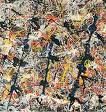


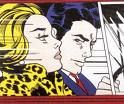

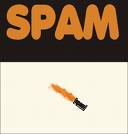
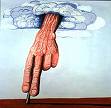










TLW's Quick History of American Artists |
By T.L. Winslow (TLW), the Historyscoper™ |
© Copyright by T.L. Winslow. All Rights Reserved. |
Original Pub. Date: Dec. 22, 2012. Last Update: Oct. 18, 2024. |

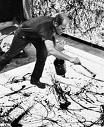

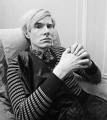





Westerners are not only known as history ignoramuses, but double dumbass history ignoramuses when it comes to American art history. Since I'm the one-and-only Historyscoper (tm), let me quickly bring you up to speed before you dive into my Master Historyscope.
European art history may be split into the Prehistoric Period (to 1000 B.C.E.), the Classical Period (ancient Greece and Rome) (to 330 C.E.), the Byzantine Period (330-1453), the Romanesque Period (1000-1250), the Gothic Period (1150-1350), the Renaissance Period (1350-1550), the Mannerist Period (1520-1600), the dramatic Baroque Period (1600-1750), the Rococo Period (1750-1800), the Neoclassicist Period (1750-1830), and the Romantic Period (1780-1850), the latter four affected by the sadly fallacious Age of Reason (1650-1789), which believed in the perfection of humanity based on the use of the reasoning faculty, and was shocked into the terrible truth of the beast inside man by the horrible French Revolution of 1789-99, after which things speeded up, with art movements incl. Realism (1850-), Modernism (1860-), Impressionism (1863-1970), Post-Impressionism (1886-1905), Symbolism (1886-), Fauvism (Matisse-ism) (1904-10), angst-ridden Expressionism (1905-), Cubism (1907-1929), anybody-can-do-it and Abstract Art (1912-), Purism (1918-25), and where's-my-burrito Surrealism (1920-), by which time Europe has been knocked down several pegs by its own ceaseless wars and had to accept the arrival of the New Kid on the Block Come to the Rescue Ugly Americans, which we will cover here, except those that who worked in Europe.




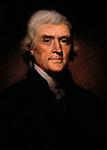
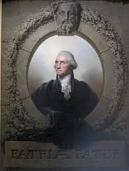
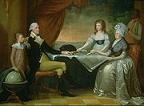

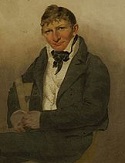
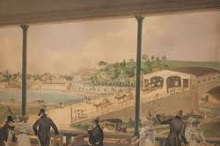

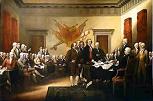
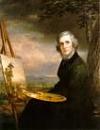



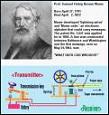
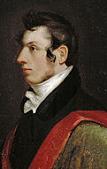
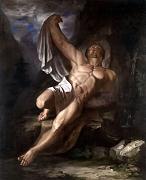
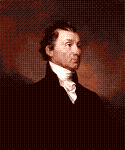
For decades American art was dominated by England, with the highlights being Am. Rev. scenes and landscapes, yawn. The first Am. artist was Charles Willson Peale (1741-1827), who painted George Washington's portrait in 1779-81, which was shipped to Spain to gain support for the American cause, staying there for a cent.; in 2006 it was auctioned by Christie's for $10M-$15M. In 1795 his son Rembrandt Peale (1778-1860) carried on with a portrait of George Washington, followed in 1800 by one of Thomas Jefferson; in 1824 he painted his biggest hit "George Washington, Patriae Pater", giving him eagle-like features in a natty military uniform, causing John Marshall to request a portrait done in the same way. In 1796 Princeton, N.J.-born Edward Savage (1761-1817) finishes the 7' x 9'4" George Washington and His Family (The Washington Family), which shows the head of the nation in military uniform to make him look more like Cincinnatus, with a plan of Washington, D.C. on the table, and the Potomac River in the background, while Martha Washington is pointing wth her fan to the "grand avenue" (Nat. Mall). In 1796 Saunderstown, R.I.-born Gilbert Charles Stuart (Stewart) (1755-1828) begins painting the 8'x5' The Athenaeum (Portrait of George Washington), part of a larger unfinished painting, later used on U.S. $1 bills; GW wears a black velvet suit and a shirt with a white ruffed collar; new false teeth give Washington a bulge around his mouth; he ends up making 75 versions of the Athenaeum Portrait, and a total of 100 Washington portraits - fold one in half lengthwise and you can see George's limp ding dong hanging out of his lacy white unmentionables? In 1807 London, England-born John Rubens Smith (1775-1849) emigrated to New York City, painting outdoor scenes in the decades before photography. In 1817 John Trumbull (1756-1843) painted the 12 ft. x 18 ft. The Declaration of Independence, which ended up gracing the back of the $2 bill. In 1823 Asher Brown Durand (1796-1886) made an engraving based on it, making him a hit and getting him commissions to make engravings of Andrew Jackson, Henry Clay, and a bunch of U.S. presidents. In 1819 Washington Allston (1779-1843) painted Florinell's Flight, pioneering the Romantic landscape movement in the U.S., becoming known as the American Titian and coining the term "objective correlative" for a chain of events that acts as a formula in art to evoke emotion. In 1812 after studying in England under Washington Allston and being admitted to the Royal Academy, "American Leonardo" Samuel F.B. (Finley Breese) Morse (1791-1872) painted his 6' x 8' masterpiece The Dying Hercules, a commentary on the War of 1812; "My great picture also has not only been received at the Royal Academy, but has one of the finest places in the rooms. It has been spoken of in the papers, which you must know is considered a great compliment." He follows with The Official Portrait of Pres. James Monroe (1819); in the 1830s after giving up on a portrait of the Marquis de Lafyatte because of his wife's sudden death he switches careers and invents the electromagnetic telegraph.
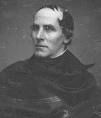
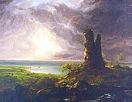
In 1825 English-born Am. landscape painter Thomas Cole (1801-48) moved to N.Y. and began painting scenes from the de-Indianized Hudson Valley, hooking up with Trumbull and founding the Hudson River School, later hooking up with Durand, it was a small world on that lonely side of the Pond.
The U.S. Civil War of 1861-5 forever changed America, ending official white supremacy and opening the gates to immigrants from countries other than England, including a ton of Eastern European Jews, who proceeded to set up shop and take over virtually every intellectual discipline incl. art, albeit mainly as dealers and collectors, there was much more loot to be made on Broadway and in Hollywood.
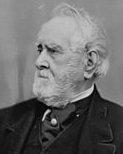
In 1869 the Corcoran Gallery of Art at 17th St. and Pennsylvania Ave. in Washington, D.C. is founded by Riggs Bank co-founder William Wilson Corcoran (1798-1888), opening in 1874 and becoming one of the first fine art galleries in the U.S., and first major collection of Am. art; in 1890 the Corcoran College of Art and Design is founded; in 2014 it is dissolved and replaced by a non-profit, which gives its $2B 17K-piece art collection to the Nat. Gallery of Art, while the school is given to George Washington U.

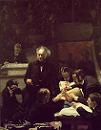
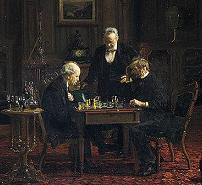
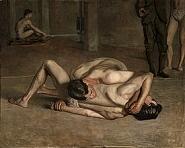
In 1875 Philly-born realist painter Thomas Eakins (1844-1916), who liked nude models (mostly male, because the women usually say no) posing in outdoor venues incl. streets, parks, and rivers painted his masterpiece The Gross Clinic (96" x 78"), portraying an operation by Philly surgeon Dr. Samuel D. Gross (1805-84) in the Jefferson Medical College amphitheater removing disease bone from a patient's thigh, which is exhibited at the U.S. Army Post Hospital exhibit at the 1876 Centennial Exposition; a reviewer called it "a great work - we know of nothing greater that has ever been executed in America", although the public is mainly grossed-out and ambivalent, with the New York Tribune writing the soundbyte: "No purpose is gained by this morbid exhibition, no lesson taught"; after which he sells it to the college for a measly $200; it is sold in 2006 for $68M to the Philly Museum of Art. He also exhibits The Chess Players at the Exposition in the Art Gallery after the other one was rejected.
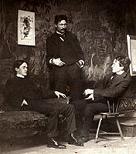
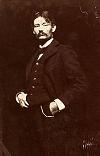
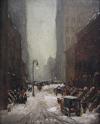
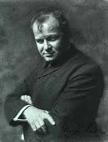
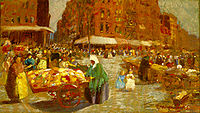




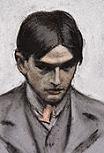
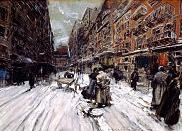
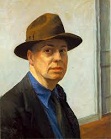
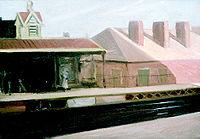
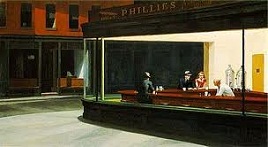
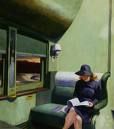
About 1895 the realist Ashcan School (term coined by Art Young in 1916), a reaction to the conservative Nat. Academy of Design is founded, going on to flourish in New York City's Greenwich Village through the 1920s, producing paintings celebrating slums, tenements, and business districts, with major artists incl. Robert Henri (Robert Henry Cozad) (1865-1929), George Luks (1867-1933), William Glackens (1870-1938), John French Sloan (1871-1951), Everett Shinn (1876-1953), and later (although he denies it, claiming his city streets are painted "with not a single incidental ashcan in sight") Edward Hopper (1882-1967).

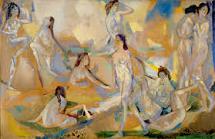
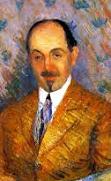
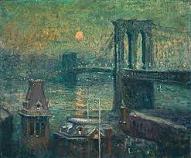

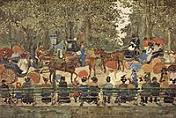
On Feb. 3, 1908 The Eight, consisting five members of the Ashcan School (Robert Henri, John French Sloan, William Glackens, George Luks, Everett Shinn) plus Arthur Bowen Davies (1862-1928), Ernest Lawson (1873-1939), and Maurice Prendergast (1859-1924) exhibits at the Macbeth Galleries in New York City in protest to the conservative Nat. Academy of Design, gaining nat. exposure and touring seven other U.S. East Coast and Midwest cities.







Isolated America is invaded by Modernist artists from the Continent? In 1910 the 291 Gallery of photographer Alfred Stieglitz (1864-1946) in New York City starts the decade right by exhibiting Modernist works by French-born Gaston Lachaise (1882-1935), John Marin (1870-1953), Italian-born Joseph Stella (1877-1946) ("America's First Futurist"), Polish-born Abraham Walkowitz (1878-1965) ("America's First Cubist"), Polish-born Max Weber (1881-1961), Lithuanian-born William Zorach (1887-1966) et al. - how's this for an appetizer?

On Feb. 15-Mar. 15, 1913 the 1913 Armory Show in New York City at the 69th Regiment Armory, organized by self-made wealthy Irish-Am. atty. John Quinn (1870-1924) (the spokesman, who got the 1909 Payne-Aldrich Tariff Act repealed that retained the duty on foreign art works less than 20 years old, allowing Americans to afford modern Euro art), Arthur Bowen Davies (1862-1928), Mabel Dodge Luhan (1879-1962), Walt Kuhn(1880-1949) et al. displays works by Maurice Prendergast (1859-1924), Henri Matisse (1869-1954), John Sloan (1871-1951), John Marin (1870-1953), Pablo Picasso (1881-1973), Marcel Duchamp (1887-1968), and Stuart Davis (1894-1964), introducing the U.S. public to the brave new world of modern art (Symbolism, Impressionism, Post-Impressionism, Neo-Impressionism, and Cubism); although many diss it, it starts to win supporters before moving on to Chicago and Boston; Quinn becomes a big patron of the arts, supporting and defending William Butler Yeats (1865-1939), James Joyce (1882-1941), T.S. Eliot (1888-1965), Ezra Pound (1885-1972) and other struggling tortured misunderstood souls; when he dies he leaves the single largest collection of modern Euro paintings in the world. Since these artists are mainly non-American, we'll move on.

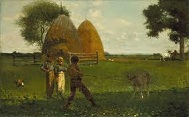
 Boston, Mass.-born self-taught marine and landscape painter Winslow Homer (1836-1910)
started out as a commercial illustrator in New York City, going on to become one of the 19th cent.' s top Am. painters.
Boston, Mass.-born self-taught marine and landscape painter Winslow Homer (1836-1910)
started out as a commercial illustrator in New York City, going on to become one of the 19th cent.' s top Am. painters.
 Nineveh, Ind.-born Impressionist painter William Merritt Chase (1849-1926)
establishes the Parsons School of Design (originally the Chase School) in Manhattan, N.Y. in 1896, becoming the
first school to teach fashion, interior, lighting, graphic, and transciplinary design, and the first Am. school to found a satellite school abroad with the Paris Ateliers in 1921.
Nineveh, Ind.-born Impressionist painter William Merritt Chase (1849-1926)
establishes the Parsons School of Design (originally the Chase School) in Manhattan, N.Y. in 1896, becoming the
first school to teach fashion, interior, lighting, graphic, and transciplinary design, and the first Am. school to found a satellite school abroad with the Paris Ateliers in 1921.

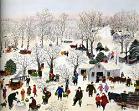 Greenwich, N.Y.-born Grandma Moses (1860-1961) startspainting at age 78 (1938), becoming popular in the 1950s despite her lack
of depth perception.
Greenwich, N.Y.-born Grandma Moses (1860-1961) startspainting at age 78 (1938), becoming popular in the 1950s despite her lack
of depth perception.

 Malvina Hoffman (1887-1966), student of Auguste Rodin sculpts life-size statues of human cultural groups for the
Field Museum of Nat. History in Chicago, Ill. starting in the 1930s; too bad, in the 1960s some PC police label them as racist, and they get scattered through the museum.
Malvina Hoffman (1887-1966), student of Auguste Rodin sculpts life-size statues of human cultural groups for the
Field Museum of Nat. History in Chicago, Ill. starting in the 1930s; too bad, in the 1960s some PC police label them as racist, and they get scattered through the museum.
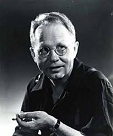
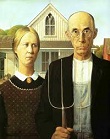 Grant Wood (1891-1942)
Grant Wood (1891-1942)
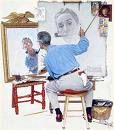

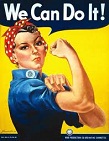 Norman Rockwell (1894-1978)
Norman Rockwell (1894-1978)


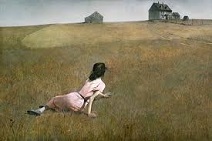
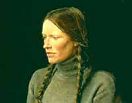 Andrew Wyeth (1917-2009).
Andrew Wyeth (1917-2009).
Horrific World War I (1914-18) and World War II (1939-45) broke the back of white supremacy in Europe, and left the U.S. as King of Da World, with half the world's wealth. Speaking of wealth, beginning in the 1940s the Dumbass Stamped on Your Forehead Abstract Artists began making waves, and are still going strong. They all know there's a bunch of rich stupid art collectors in the U.S. with money burning holes in their pockets, and consequently concentrate on self-promotion rather than actually learning how to paint. Ever since the rise and fall of the Nazis, this type of art is a political statement, I'm making money here in the decadent Capitalist West selling myself out, the shoot-to-kill Berlin Wall helped up the prices. In the 1960s the really naked kachingers launched Minimalist Art, as in, how little do I have to do to get you to give me your money, kaching? Or maybe it all really is art, what a coincidence, I have a few works of my own I'm looking to place, see if they aren't the best of the lot :)

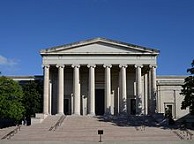
On Mar. 24, 1937 the U.S. Congress founds the Nat. Gallery of Art at 4th St. and Constitution Ave. N.W. in Washington, D.C., endowed by Pittsburgh banker Andrew William Mellon (1855-1937) in his will, concentrating on Western art, becoming known for its Sculpture Garden.
Degenerate? Can I see? On June 30, 1938 the Germans vote to confiscate so-called "degenerate art", with "Reichmaster of Public Hair" artist (known for his racially pure nudes of women to encourage German men to have pure children) Adolf Ziegler (1892-1959) put in charge of a 6-man commission authorized to confiscate it throughout the Reich, resulting in 5K works seized; on July 19-Nov. 30 the Nazis hold the Degenerate Art (Entartete Kunst) Exhibition in Munich, featuring 650 works by "cultural Jewish Bolshevik" Max Beckmann (1884-1950) (who flees to exile in Amsterdam), Otto Dix (1891-1969), Edgar Ende (1901-65), Max Ernst (1896-1976), Ernst Ludwig Kirchner (1880-1938), Paul Klee (1879-1940), Emil Nolde (1867-1956) et al. (112 artists, only 6 Jewish?), arranged in a manner calculated to create disgust for these pathetic degenerates, complete with Nazi slogans and labels displaying how much money the museums wasted on the Jewish crap (not mentioning the Weimer hyperinflation of the 1920s, but since that was caused by the Jews, they deserve it?); after the exhibition opens, Goebbels rushes out and gets more works seized, totalling 16,558; in 4 mo. over 2M rush to see the degenerate stuff, and after the exhibit tours Germany and closes, the paintings are auctioned in Switzerland for big marks, although some high Nazis make off with Cezannes, Van Goghs, etc.; in Mar. 1939 4K works are burned after they can't be sold, and when the Red Army invades Berlin in 1945, they discover an underground cache, which they steal and put in the Heritage Museum in St. Petersburg.
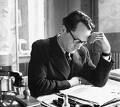






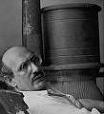
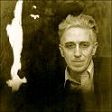
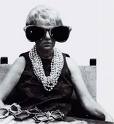
The Musical Herr, starring Hitler is such a dog that there's a mass exit of the intelligentsia from his theater of operations to lucky America, causing a brain boom? In 1940 Am. journalist Varian Mackey Fry (1907-67), the "Artists' Schindler" travels from the U.S. to unoccupied Vichy-controlled Marseille, France with a list of 200 prominent (mainly Jewish) intellectuals and artists known to be in areas of Nazi-occupied Europe, and hooks up with U.S. vice-consul Hiram "Harry" Bingham IV (1903-88), Am. artist Miriam Davenport (1915-99), and Am. heiress Mary Jayne Gold (1909-97) to create the Emergency Rescue Committee, going on to smuggle 2K-4K (2.5K?) of them out of the clutches of the Gestapo to neutral Portugal and Martinique, where most end up the U.S. after getting around the usual Anti-Semitism, incl. artists Jean Arp (1886-1966), Andre Breton (1896-1966), Marc Chagall (1887-1985), Marcel Duchamp (1887-1968), Max Ernst (1891-1976), and Jacques Lipchitz (1891-1973), chemist Otto Meyerhof (1884-1951), writers Hannah Arendt (1906-75), and Franz Werfel (1890-1945), and composers Paul Abraham (1892-1960), Bela Bartok (1881-1945), Ralph Benatzky (1884-1957), Paul Hindemith (1895-1963), Emmerich Kalman (1882-1953), Ernst Krenek (1900-91), Darius Milhaud (1892-1974), Arnold Schonberg (1874-1951), Robert Stolz (1880-1975), Oscar Straus (1870-1954), Igor Stravinsky (1882-1971), Ernst Toch (1887-1964), and Kurt Weill (1900-50); meanwhile, thanks to Herr Hitler and impresario Varian Fry, the Jewish trash, er, Abstract Expressionist Art Movement is founded in New York City in this decade, emphasizing spontaneous personal expression, paint as an object of art, and the art of painting itself; the Big Six are Philip Guston (1913-80), Willem de Kooning (1904-97), Barnett Newman (1905-70) (a miniminalist who paints big stripes), Jackson Pollock (1912-56) (splash artist), Mark Rothko (1903-70) (another minimialist), and Clyfford Still (1904-80); others incl. Milton Avery (1885-1965) ("the American Matisse"), Max Ernst (1891-1976), Robert Motherwell (1915-91), Franz Kline (1910-62), and Mark Tobey (1890-1976); later the CIA secretly promotes them as a weapon in the Cold War via the Congress for Cultural Freedom, founded in 1950.


In 1941 German-born surrealist artist Max Ernst (1891-1976) escapes Nazi-occupied France with the help of Am. art collector Peggy Guggenheim (1898-1979), and marries her next year (until 1946), then helps pump up the Am. abstract expressionist movement.
In the 1950s the Color Field abstract art movement emerges, generating canvases full of kiddie-type block colors ("rid of superfluous rhetoric"); leaders incl. Gene Davis (1920-85), Helen Frankenthaler (1928-), Hans Hofmann (1880-1966), Morris Louis (Bernstein) (1912-62), Kenneth Noland (1924-2010), Jules Olitski (1922-2007), Mark Rothko (1903-70), Clyfford Still (1904-80), and Lawrence "Larry" Zox (1937-2006).
On July 9, 1962 Pittsburgh, Penn.-born Pop Art multimedia artist-photographer Andy Warhol (Andrew Warhola) (1928-87) (a master of silkscreen paintings based on photos) holds his first West Coast exhibition in the Ferus Gallery in Los Angeles, Calif., followed on Nov. 6-24, 1962 by an exhibition at Eleanor Ward's Stable Gallery in New York City, featuring his creations "Marilyn Diptych", "100 Soup Cans", "100 Coke Bottles", and "100 Dollar Bills", launching his stellar career. On Mar. 14-June 12, 1963 the Solomon R. Guggenheim Museum in New York City stages a Pop Art Show, featuring soup cans et al. by Andy Warhol (1928-87), Robert Rauschenberg (1925-), Jasper Johns Jr. (1930-) et al.; Johns is considered the founder of Pop Art, which is also popularized by German-born Peter Max (Finkelstein) (1937-), who makes the Sept. 5, 1969 cover of Life mag.; meanwhile Konrad Fischer (1939-96) founds the Capital Realism art movement in Germany as a response to Yankee Pop Art.

In 1966 British artist-composer Dick Higgins (1938-98) (in Canada) pub. Intermedia; founds the avant garde Fluxus (Lat. "to flow") Art Movement, which blends different artistic media and disciplines; leaders incl. cellist ("Joan of Arc of New Music") Madeline Charlotte Moorman (1933-91), and artist Michael Leigh (1948-), who in 1980 adopts the name "A1 Waste Paper Co."
In 1969 the Marlborough Gallery in New York City, owned by Vienna-born Frank Lloyd (1912-98) opens, becoming the #1 art gallery on Earth, after which he gets caught up in the Mark Rothko Art Scandal in the 1970s and stinks himself up.

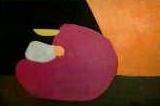 Milton Avery (1885-1965), "the American Matisse".
Milton Avery (1885-1965), "the American Matisse".


 Max Ernst (1891-1976)
Max Ernst (1891-1976)
 Alexander Calder (1898-1976).
Alexander Calder (1898-1976).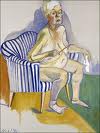
 Alice Neel (1900-84).
Alice Neel (1900-84).

 Mark Rothko (1903-70).
Mark Rothko (1903-70).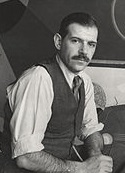
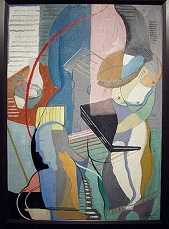 Louis Schanker (1903-81).
Louis Schanker (1903-81).
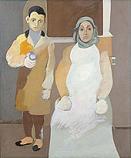

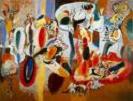 Arshile Gorky (1904-48).
Arshile Gorky (1904-48).
 Clyfford Still (1904-80).
Clyfford Still (1904-80).
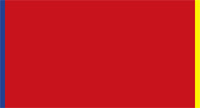
 Barnett Newman (1905-70).
Barnett Newman (1905-70).
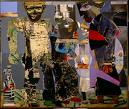
 Romare Bearden (1911-88).
Romare Bearden (1911-88).

 Jackson Pollock (1912-56).
Jackson Pollock (1912-56).

 William (Willem) de Kooning (1904-97).
William (Willem) de Kooning (1904-97).
 Philip Guston (1913-80).
Philip Guston (1913-80).
 Richard Lippold (1915-2002).
Richard Lippold (1915-2002).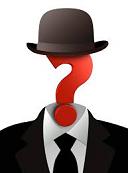
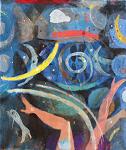 George Marshall Cohen (1919-99).
George Marshall Cohen (1919-99).
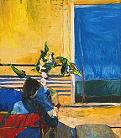 Richard Diebenkorn (1922-93).
Richard Diebenkorn (1922-93).

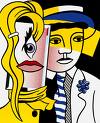 Roy Lichtenstein (1923-97).
Roy Lichtenstein (1923-97).


 Larry Rivers (1923-2002).
Larry Rivers (1923-2002).
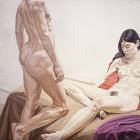
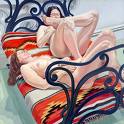 Philip Pearlstein (1924-).
Philip Pearlstein (1924-).
 George Segal (1924-).
George Segal (1924-).


 Duane Hanson (1925-96).
Duane Hanson (1925-96).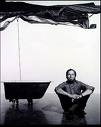
 Robert Rauschenberg (1925-2008).
Robert Rauschenberg (1925-2008).
 Alex Katz (1927-).
Alex Katz (1927-).
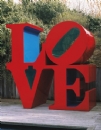
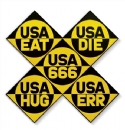 Robert Indiana (Clark) (1928-).
Robert Indiana (Clark) (1928-).

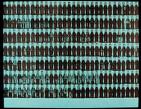
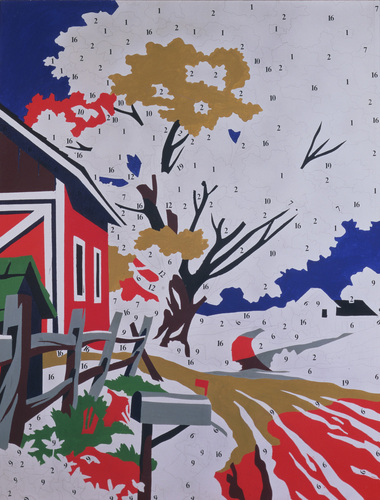
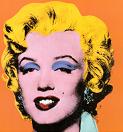
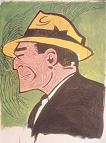 Andy Warhol (1928-87).
Andy Warhol (1928-87).


 Claes Oldenburg (1929-).
Claes Oldenburg (1929-).
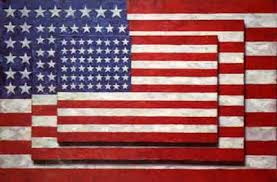
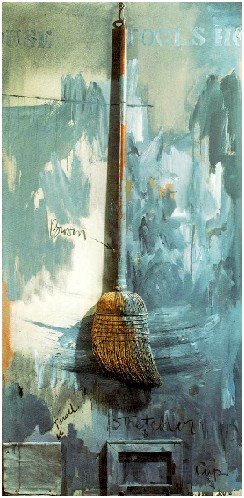
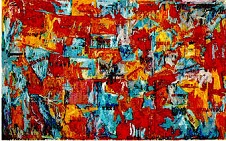 Jasper Johns (1930-).
Jasper Johns (1930-).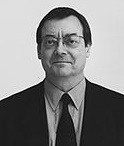
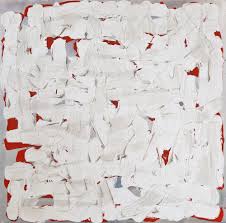 Robert Ryman (1930-). Minimalist.
Robert Ryman (1930-). Minimalist.

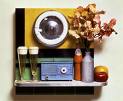 Tom Wesselmann (1931-2004).
Tom Wesselmann (1931-2004).
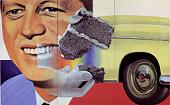 James Rosenquist (1933-).
James Rosenquist (1933-).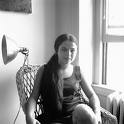
 Eva Hesse (1936-70).
Eva Hesse (1936-70).
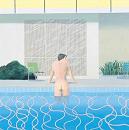 David Hockney (1937-).
David Hockney (1937-).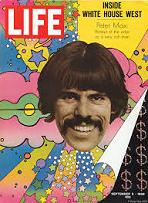
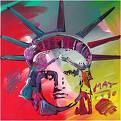 Peter Max (1937-).
Peter Max (1937-).

 Ed Ruscha (1937-).
Ed Ruscha (1937-).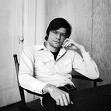
 Robert Smithson (1938-73).
Robert Smithson (1938-73).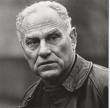
 Richard Serra (1939-).
Richard Serra (1939-).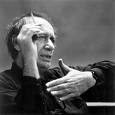
 Vito Acconci (1940-).
Vito Acconci (1940-).
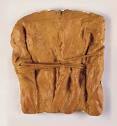
 Bruce Nauman (1941-).
Bruce Nauman (1941-).
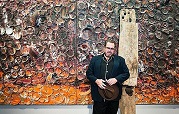 Julian Schnabel (1951-).
Julian Schnabel (1951-).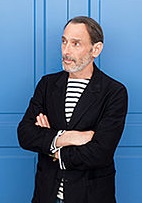
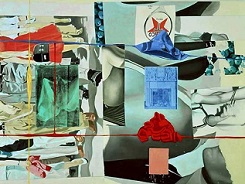 David Salle (1952-).
David Salle (1952-).
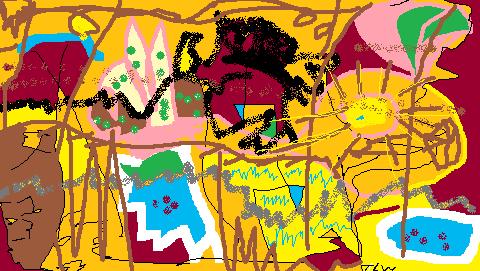
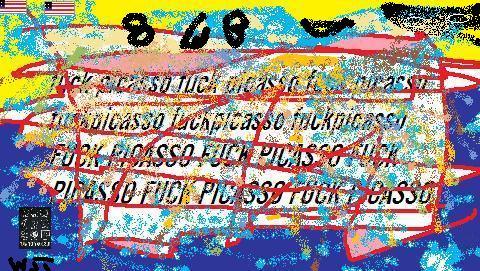
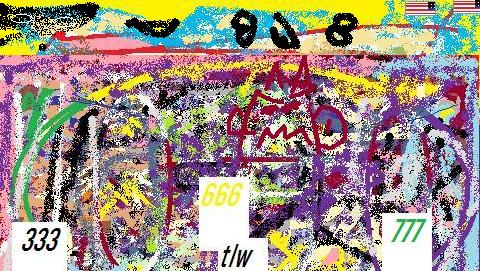
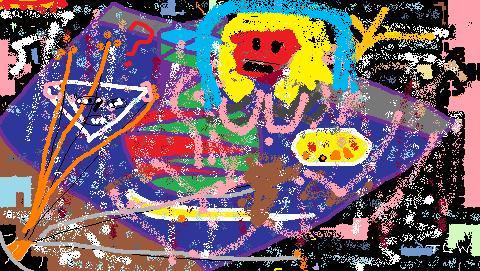
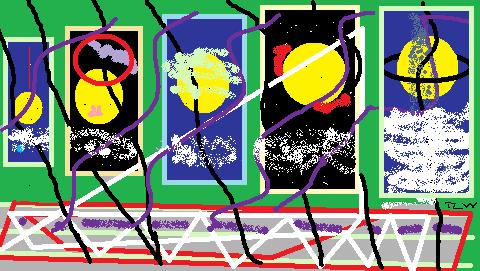
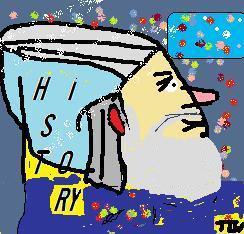 T.L. Winslow (TLW) (1953-). Sale: Only $1 million each :)
T.L. Winslow (TLW) (1953-). Sale: Only $1 million each :)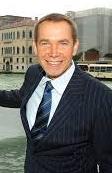
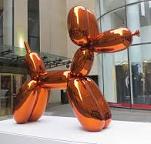 Jeff Koons (1955-).
Jeff Koons (1955-).
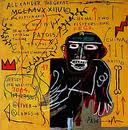 Jean-Michel Basquiat (1960-88).
Jean-Michel Basquiat (1960-88).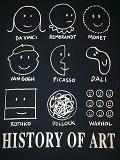
Try reading this just once.
Ciao,
TLW.